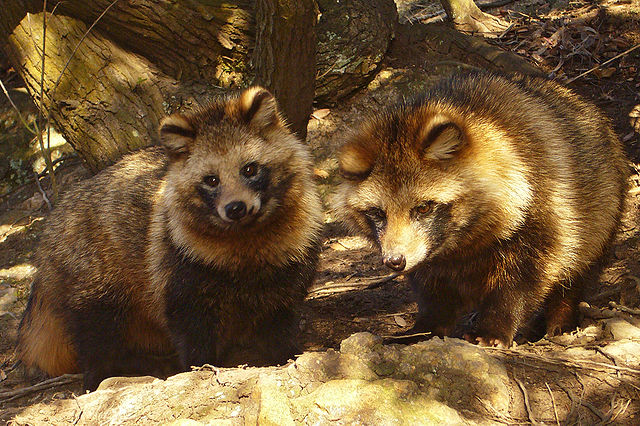Ever wondered just how closely that fox you see in the field is related to your Chihuahua at home? Or maybe you’re baffled about how your poodle could possibly be related to a wolf…until you see him death shake his favorite toy…then perhaps you see it. Taxonomically speaking, your dog has a large family! He is part of the family called Canidae that includes 14 genera and 34 species, according to the University of Michigan’s Museum of Zoology.
And just who are these members of the Canidae family that share some genetic relation to your Canis lupus familiaris? Let’s meet a few that are not extinct.
Genus Canis (True Dogs)
#1 – Gray Wolf
The gray wolf, or canis lupus, has many subspecies, including our domestic dog. Their closeness is why you can breed a dog to a wolf and get hybrid puppies. There are 36 subspecies under canis lupis.
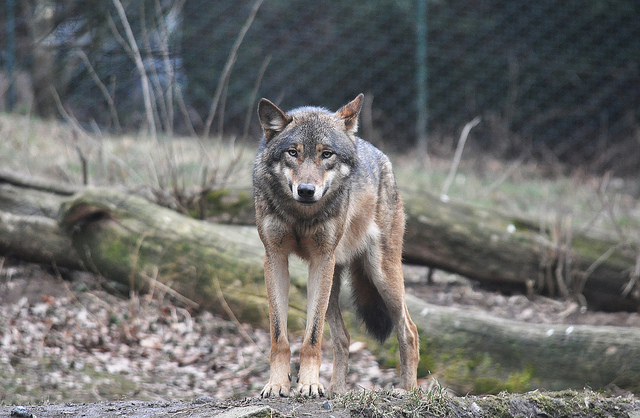
#2 – Dingo
The Dingo is sometimes classified with the gray wolf, and sometimes it’s given its own taxon. Either way, the Dingo is closely related to the dog. In fact, some argue that the only difference between the two is that one is domestic and one is not.
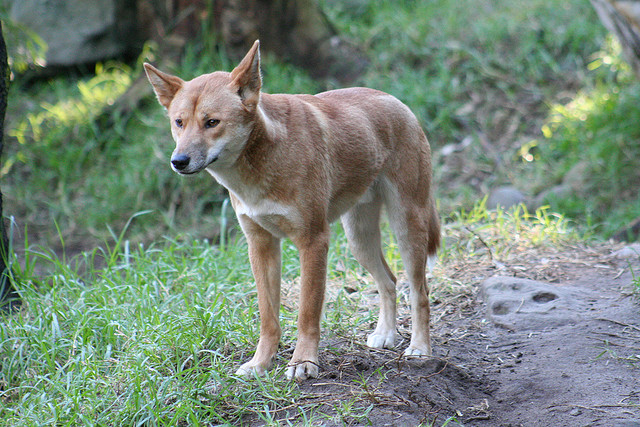
#3 – Red wolf
Like the Dingo, the red wolf is sometimes classified with the gray wolf, but also has several subtaxa as well, including the Florida black wolf.
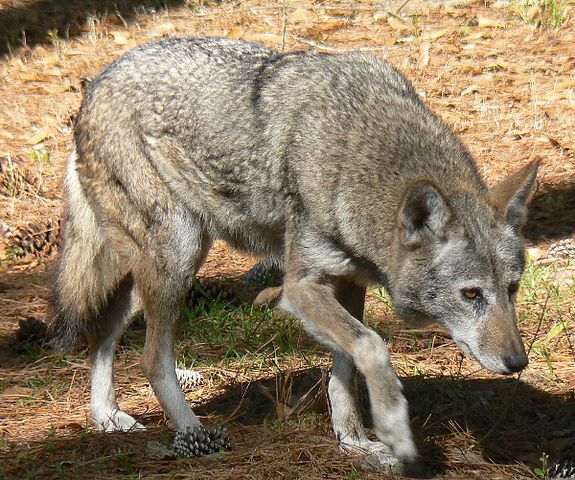
#4 – Coyote
It’s no surprise that coyotes are related to dogs – one just has to watch coyotes out on the prowl to see the resemblance – not just in looks, but how they act. I often think coyotes act like over grown puppies. (But that doesn’t mean you should go and try to rub their bellies, they are wild animals, after all).
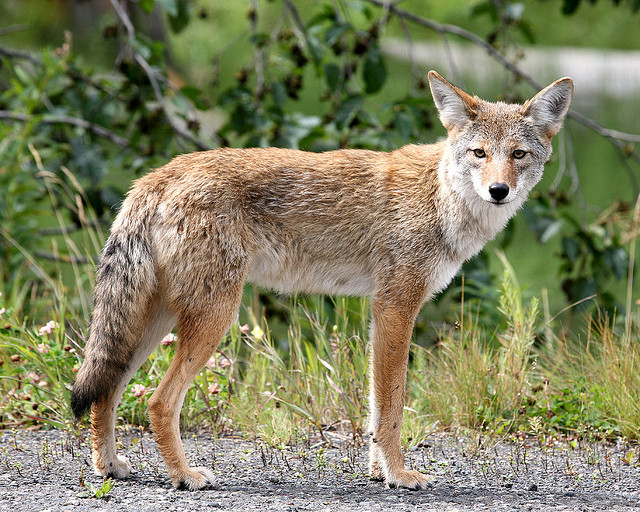
#5 – African Golden Wolf
This interesting wolf was originally classified with the gray wolf and then with the golden jackal. Although recently they have discovered that their DNA was distinct from both; more closely related to the gray wolf and the coyote. However, they can produce hybrid offspring with the golden jackal.
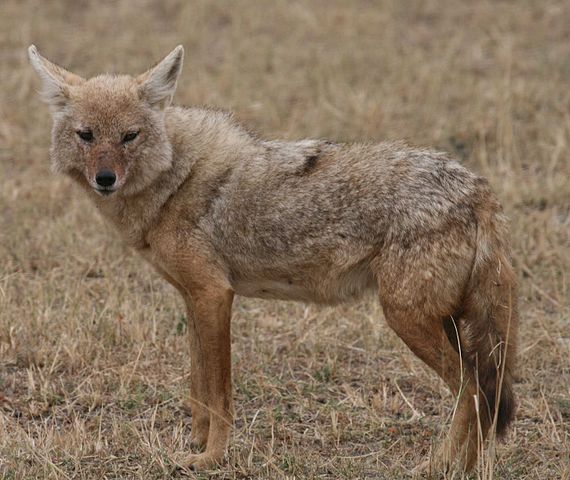
#6 – Jackals
There are several Jackals under the Canis genus, including the golden jackal mentioned above, side-striped jackal and black-backed jackal. All of them are closely related to your couch potato. You can also see the resembles to the coyote.
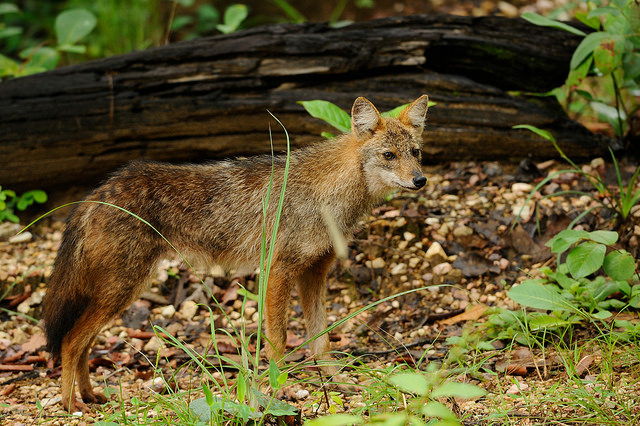
Golden Jackal. Image source: @Tontantravel via Flickr
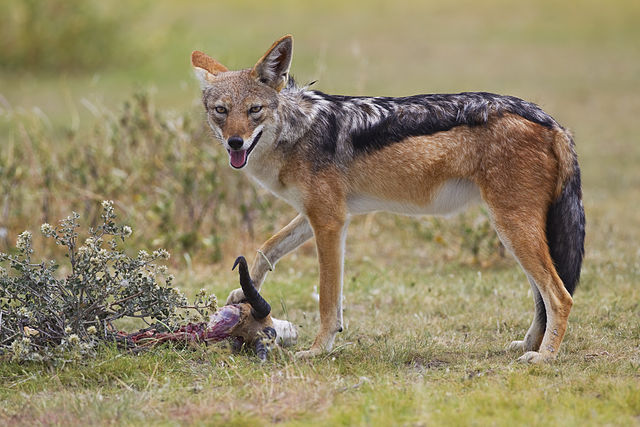
#7 – Ethiopian Wolf
This interesting looking wolf looks like a coyote on stilts. Unlike his relatives who will eat pretty much whatever they can find, he only eats rodents from the Afroalpine region of Africa. If you have a finicky eater, maybe he is related to this guy.
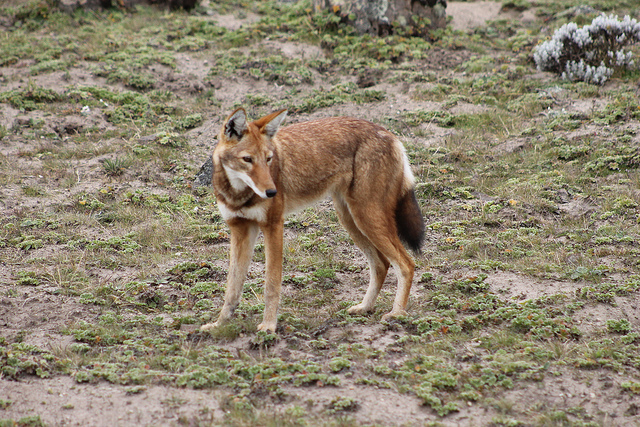
Genus Cuon
#8 – Dhole or Asian Wild Dog
The only dog-type animal in this genus, the Asian wild dog is genetically close to the genus canis. He lacks a third lower molar and his upper molars only have a single cusp, as opposed to animals in the canis genus that have 2-4.
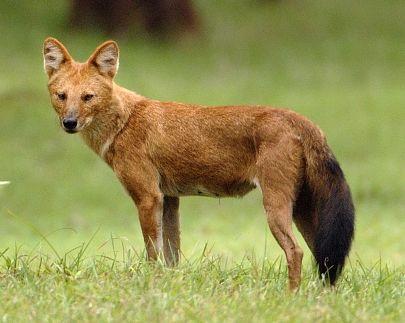
Genus Lycaon
#9 – African Wild Dog
The difference between them and the genus Canis is that they have fewer toes and different teeth development/arrangement that fits their “hypercarnivorous diet” (meaning 70% meat in diet).
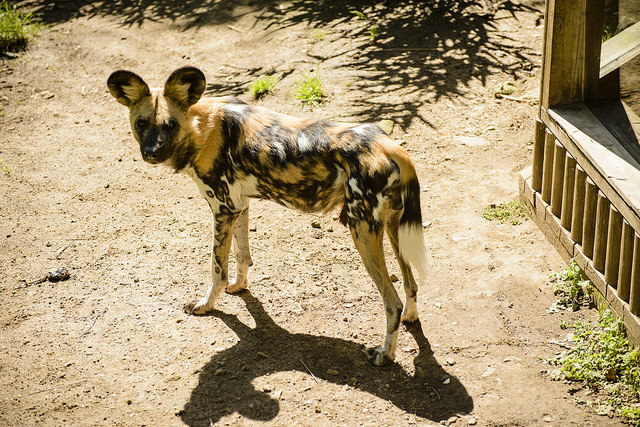
Genus Atelocynus
#10 – Short-eared Dog
This unusual looking dog is another “singleton” in his genus. He has short legs, a long back and a very fox-like face. This “dog” is native to South America.
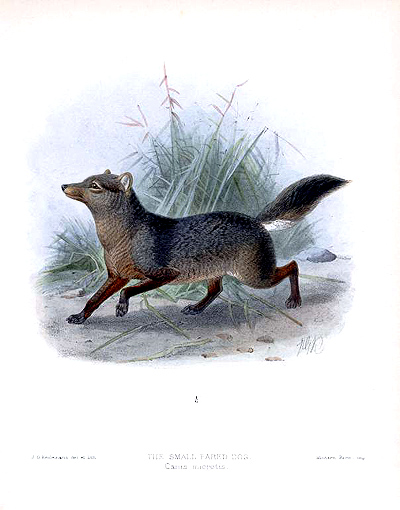
Genus Cerdocyon
#11 – Crab-eating Fox
This little guy is also from South America, but has his own genus as well. His genus is named using the Greek words kerdo (fox) and Cyon (dog) in reference to his looks. As his name implies, he lives near the beaches and eats crabs, as well as insects, rodents and birds.
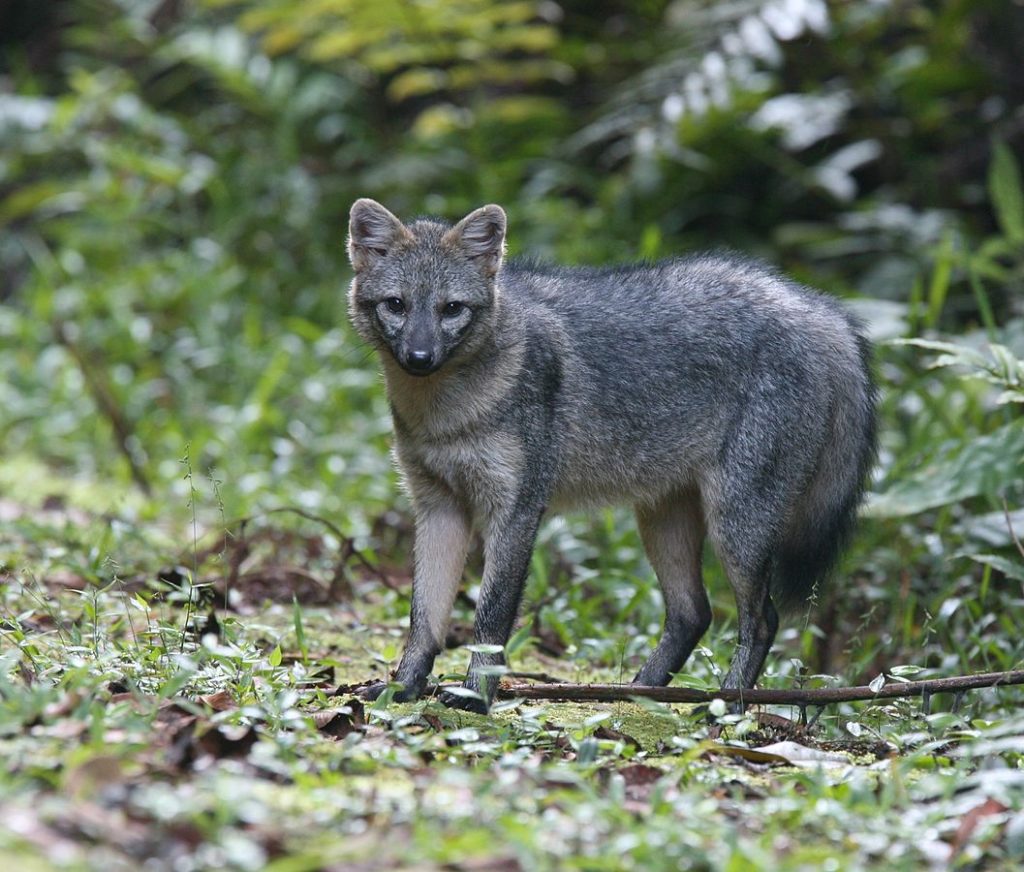
Genus Lycalopex (Pseudalopex)
#12 – Fake Foxes
This genus is made up of six “foxes”: culpeo, Darwin’s fox, South American gray fox, pampas fox, sechura fox, and the hoary fox. Despite the name, they are not true foxes (hence why they are not classified with them), but are more closely related to wolves, dogs, jackals and coyotes.

Genus Chrysocyon
#13 – Maned Wolf
Another singleton with its own genus, the maned wolf is not a wolf or fox and is not as closely related to our dogs as the latter either. They are the largest canid.
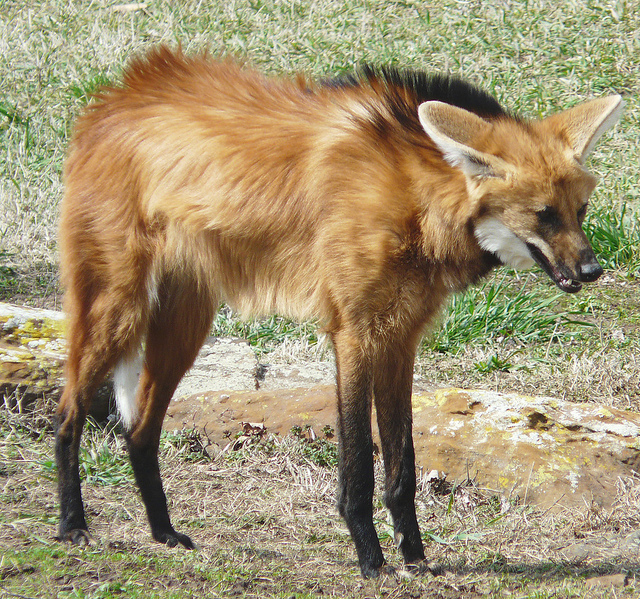
Genus Speothos
#14 – Bush Dog
This interesting fellow is actually a South American dog, although he may make you think more of a wild pig than a dog. He is related, distantly, to the dog. He is the closest relative to the Maned Wolf.

Genera Vulpes and Urocyon
#15 – True Foxes
There are 16 different foxes with these two genera, including the adorable fennec fox. The Urocyon are the only canids able to climb trees other than the raccoon dog (see below).
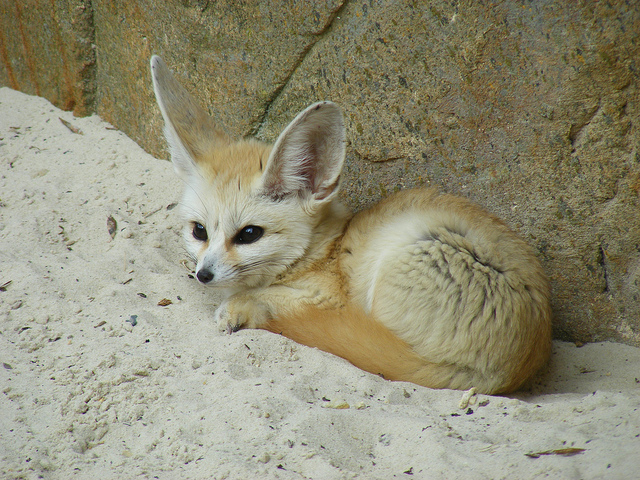
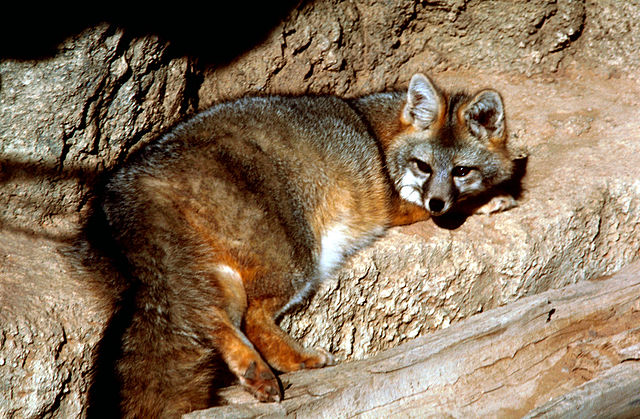
Genus Otocyon
#16 – Bat-eared fox
The bat-eared fox is one of the animals in the Basal Caninae tribe. They are related to the dog and fox, but cannot be classified as a true dog or a true fox. They are found roaming the African Savanna.
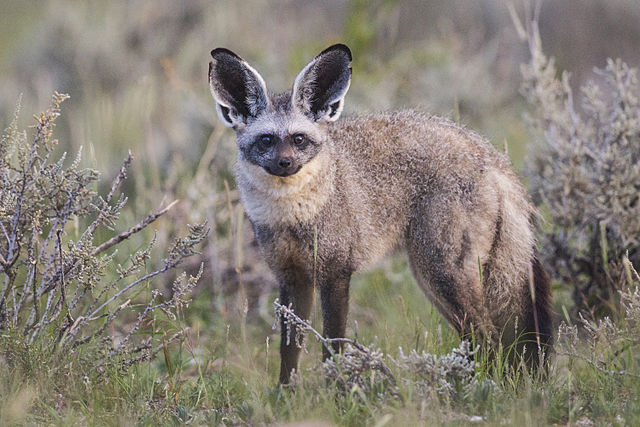
Genus Nyctereutes
#17 – Raccoon Dog
Like the bat-eared fox, the raccoon dog is part of the Basal Caninae, being neither a true fox nor a true dog. As mentioned above, the Raccoons share his tree-climbing ability with the North American gray fox. He may look like a raccoon, hence his name, but he is not related to them. They are from East Asia.
